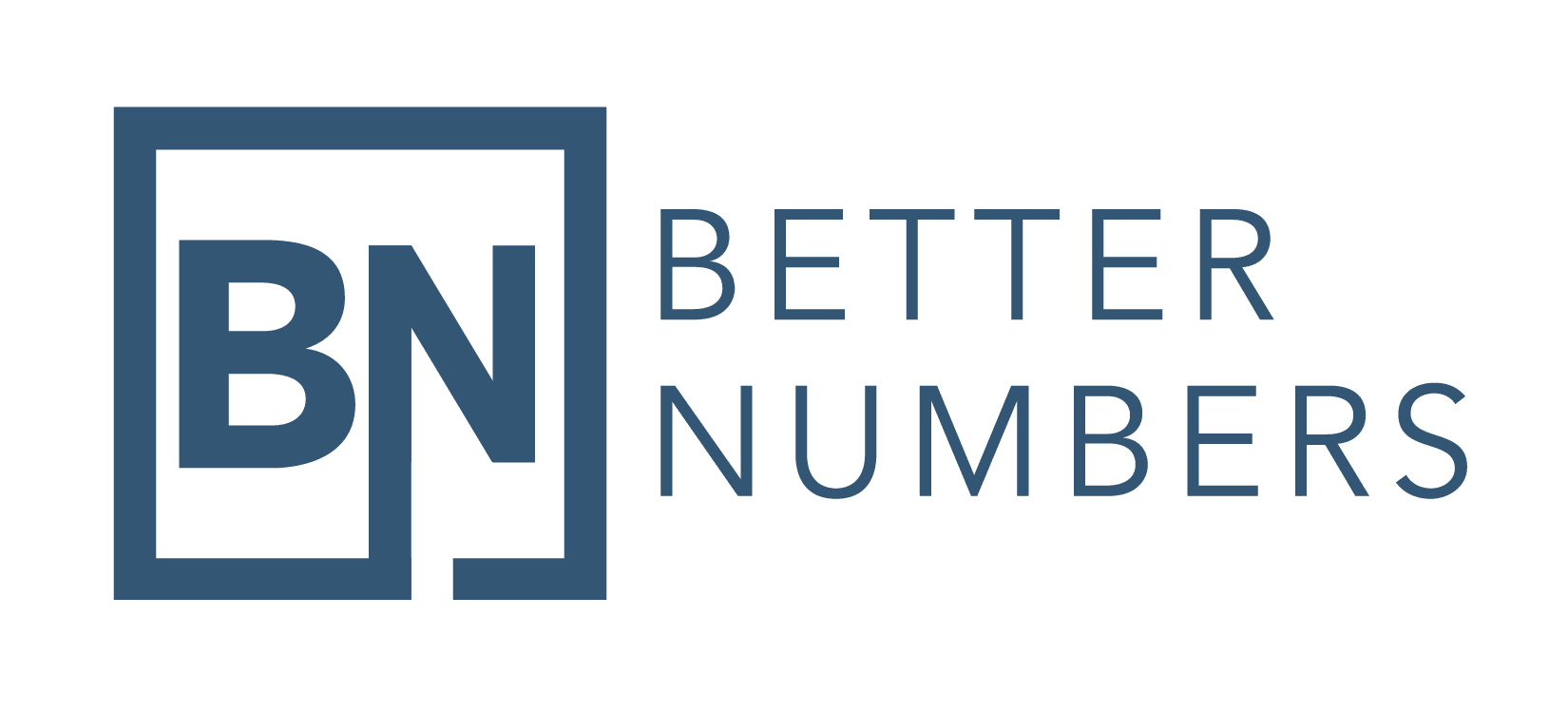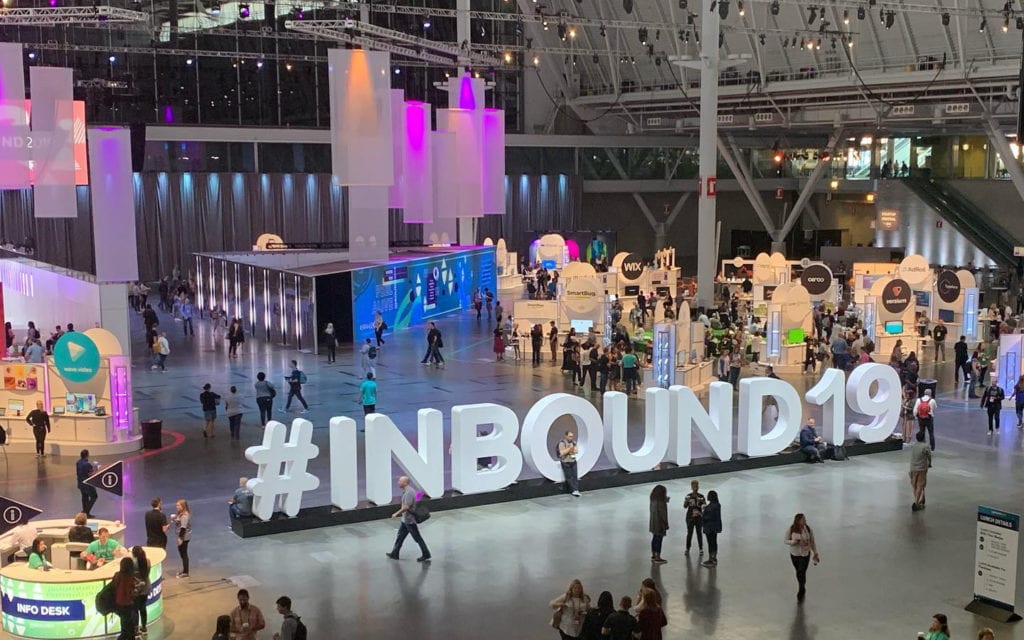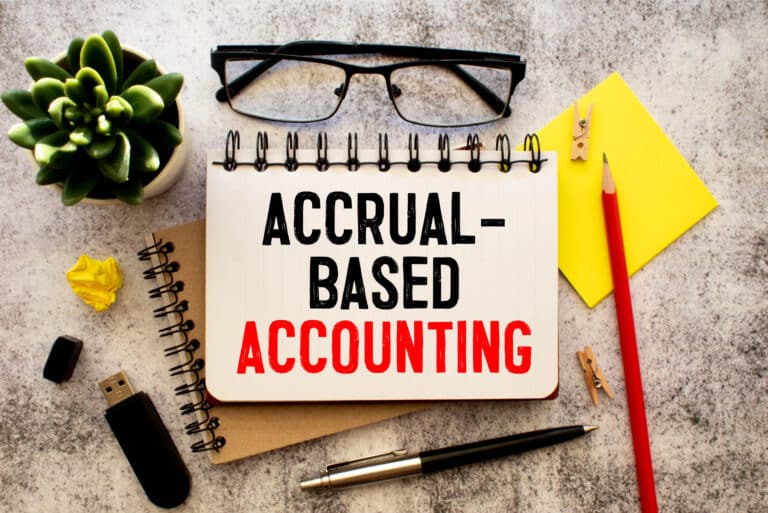This time last year, I decided to shake up my marketing agency.
I had just returned from HubSpot’s INBOUND 18 marketing conference. I spent four days attending tactical break-out sessions on how to better run my agency and listening to inspirational celebrity speakers.
The four-day think tank occurs in September every year in Boston, where HubSpot was founded by two Massachusetts Institute of Technology (MIT) students. Best known for all-in-one marketing software for social media, email, content management, analytics and search engine optimization (SEO), HubSpot grew from $255,000 total annual revenues in 2007 to $513 million in 2018.
In full transparency, I attended last year’s INBOUND event on a low note. My agency was stagnant, and I felt uninspired.
INBOUND was like a breath of fresh air and a cold glass of water in my face at the same time. The solidarity of like-minded professionals made me realize I wasn’t alone and inspired me to take some bold steps forward.
This year, I attended INBOUND 19 on a high note. My marketing agency turned a corner and my team is as energized as ever. Here are my takeaways from INBOUND 19 for growing a better marketing agency.
‘Experience disruptors’ are taking over the market
At INBOUND 18, Brian Halligan, HubSpot’s CEO, dismantled everything marketing professionals knew about the sales process by introducing the flywheel. Instead of the four-phase sales funnel, the flywheel has three main goals: attract, engage and delight the customer. Any time friction occurs (interference to the customer experience) growth is stymied.
At INBOUND 19, Halligan took this a step further by introducing “experience disruptors,” businesses who have disrupted incumbents in their industries by offering a better end-to-end consumer experience.
“Disruption is speeding up, it’s not slowing down,” Halligan said.
Halligan used as an example Carvana, an online used car retailer. They allow customers to drive the car around for a week to decide if it’s a right fit for them.
“They have good products but even better experiences,” Halligan said of these experience disruptors, repeating, “How they sell is why they win.”
Experience disruptors obsess over their customer’s happiness. Their counterparts, on the other hand, are stuck in their own process because they’re pushing a product or service, not an easier customer journey.
Halligan focused on these five key differences between incumbents and experience disruptors:
- Experience market fit
- Remove friction
- Personalize
- Sell through your customers
- Attack your business model
“My favorite thing about this list,” said Halligan. “Nowhere on here does it say anything about block chain. Nowhere on here does it say anything about artificial intelligence. Mere mortals can do this.”
Purpose-driven brands succeed where others fail
There is a growing trend of businesses becoming socially-conscious leaders.
During a main stage interview with Jennifer Garner and John Foraker, co-founders of Once Upon A Farm organic baby food company, Katie Couric said employees and consumers are demanding companies do the right thing.
“It’s the businesses that can really turn things around for us. We go to businesses for leadership,” said Garner.
Indeed, Millennials and Generation Z make their purchasing decisions on socially conscious brands with authentic passion for their causes. Consumers are even rewarding businesses for taking stands on causes.
Foraker said today’s consumers feel like they have just one vote, so there isn’t a lot of power to effect change. “But they do have the power to choose brands they care about,” he said.
Here are some tips they offered to grow your brand with a conscious:
- Be thoughtful and have a clearly-defined purpose for your business
- A mission statement with core values help make decisions easier
- Be the authentic you and the authentic company you want to be
- Make positive change part of your business model
- Listen to your customers and how your business affects their lives
Reframe your fears to grow your business
Darmesh Shah, HubSpot’s CTO, discussed facing your fears as an entrepreneurs. He talked about five fears every business owner must face to grow better:
1. The fear of commitment
A hesitation to commit is the result of thinking your decision lasts forever.
“When you commit to nothing, you compromise everything,” Shah said.
Instead of broadening your market, narrow your focus. The sweet spot for growth is “big enough to grow but small enough to delight customers.” A lack of delighted customers isn’t the quickest way to kill growth, but it is the most reliable, Shah said.
What we fear: unwavering commitment. What we should fear: uninspired compromises.
2. The fear of differences
Many businesses mistakenly hire based on personality fit, hiring clones of themselves instead of hiring based on what’s a good fit for the company’s culture. Hire people not just for different skills but for different perspectives, Shah said.
Brands need people who reflect who their customers are. Are you hiring for culture or convenience? Clearly communicate your culture — what you value, who you value, and how you operate.
What we fear: differences. What we should fear: sameness.
3. The fear of change
The world’s top CEOs are rethinking the traditional business model — shifting the focus from shareholder value to customer value and investing in employees.
Shah explained the future of work is flexibility — geography, schedule and method. Customers want to connect where, when, and how they want. Employees want to work where, when, and how they want.
Embrace remote workers, “because they help your business grow,” Shah said, adding that HubSpot has more than 200 remote employees.
“Let them do their best work,” Shah said. “Often, their best work is done in their pajamas.”
What we fear: change. What we should fear: stagnation.
4. The fear of disappointing
Apple as the tech giant we know today almost tanked in the late 1990s. Steve Jobs saved the company he founded by cutting the product line down by 70%. At the time, Apple was producing multiple versions of the same product to satisfy retailers.
Customers love having the freedom of choice, but they hate the complexity of choosing.
What we fear: disappointing a few. What we should fear: not delighting the many.
5. The fear of inferiority
Many companies have an insecurity about their product or service. Instead of making it better, they take the easier path and focus on the bottom line. Worse, they try to fool the consumer with deceitful advertising, packaging and methodology, Shah said.
“Today, trust is scarce and as a result those companies that can genuinely provide trust, succeed,” he said.
To build trust: 1. Do the things consumers want 2. Don’t do things consumers don’t want.
What we fear: inferiority. What we should fear: being untrustworthy.




